Behind the Scenes of Art History: Surprising Facts About Famous Works of Art
Are you curious about the stories behind some of the world's most famous works of art? From Michelangelo to Pablo Picasso, there have been countless artists who have left their mark on the art world. But did you know that some of these works have fascinating tales and secrets behind them? In this article, we'll take you on a journey to discover the interesting facts and untold stories behind these impressive works of art that have captured the hearts of art lovers everywhere.
1. 'Girl with a Pearl Earring' — Johannes Vermeer

Vermeer did not actually paint the background of this painting. At that time, he only drew a green curtain. Although this green curtain is not visible today because it has faded, Vermeer worked from back to front in this painting; he primarily used black and brown tones. The earring detail in the picture is actually just a small illusion. Translucent and opaque touches of white color cause this illusion. If you noticed, the earring does not have a hook.
Place of exhibition: Mauritshuis, The Hague, Netherlands.
2. 'Guernica' — Pablo Picasso
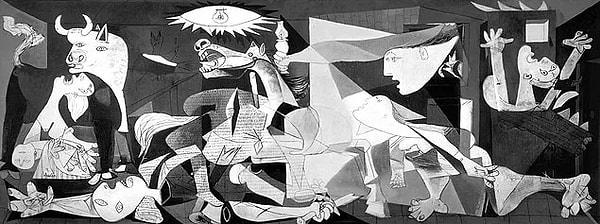
According to the Museo Nacional Centro de Arte Reina Sofía museum, where it is on display, this painting is literally a depiction of a brutal and dramatic moment. This painting was created in 1937 to be part of the international Spanish Pavilion in Paris. In addition, the painting does not contain any definite allusion to an event, but it constitutes a general defense against the terror and barbarism of that time. In addition, the painting describes the horrors caused by the Spanish Civil War, but it is almost a warning about what will happen in the Second World War.
Place of exhibition: Museo Nacional Centro de Arte Reina Sofía, Madrid, Spain.
3. 'Mona Lisa' — Leonardo da Vinci

It is estimated that the painting, painted by Leonardo da Vinci between 1503 and 1506, was brought to France without being given directly to anyone else. Besides, Vinci never mentioned the Mona Lisa in his sketches and books.
Place of exhibition: Louvre, Paris, France.
4. 'The Two Fridas— - Frida Kahlo
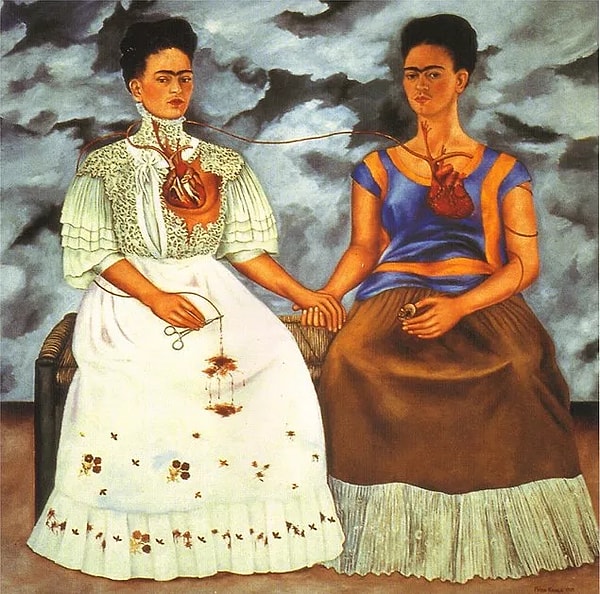
As you can see, the only difference between these two Kahlos is their clothes! Kahlo used to dress in European style before her marriage. After getting married, she started wearing clothes from Mexican traditions.
Place of exhibition: Museo de Arte Moderno, Mexico.
5. 'Portrait of Madame X' - John Singer Sargent
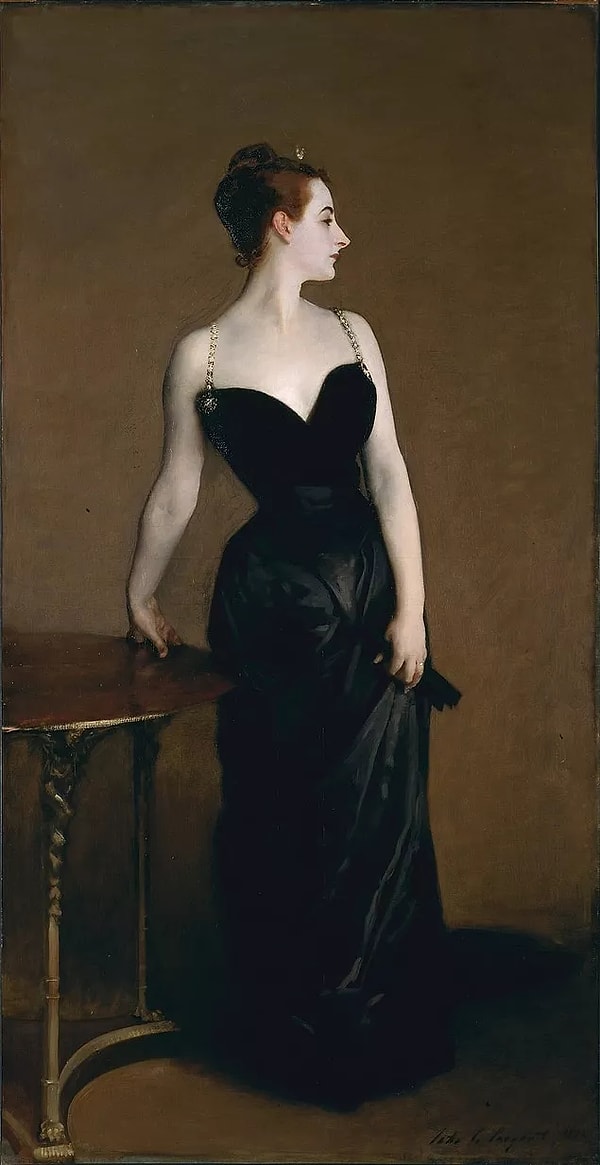
The name of the woman in the painting is Madame Pierre Gautreau. When Sargent painted this painting, he thought that this painting would make Pierre even more famous. For this reason, he has never received any money or commission from this business. Normally, Sargent painted the right strap of Gautreau's dress. He revised that painting again because it was not liked a lot.
Place of exhibition: Metropolitan Museum of Art, New York, United States.
6. 'The School of Athens' — Raffaello Sanzio da Urbino

Raffael started this painting when he was in his twenties. Instead of detailing the physical characteristics of each character separately, Raffaello tried to preserve the mystery in the painting, according to the BBC, and aimed to preserve the inevitable confusion. In Raffaello's hands, this painting has become a kind of identity in which the philosopher, the painter and the deconstruction of doubting what you see are brought together.
Where it is exhibited: Raphael Rooms, Apostolic Palace, Vatican City.
7. 'The Fighting Temeraire - J. M. W. Turner

This painting depicts a gunboat approaching the bank of the Thames. When Turner brought up this painting in 1839, he added the following words:
The flag that 'stands up to war and the breeze',
It's not there anymore'
'Indeed, Temeraire no longer waves the union flag. Instead, a white flag is flying from the mast of the tug. This indicates that the ship is in commercial hands.'
Place of exhibition: The National Gallery, London, United Kingdom.
8. 'Show Me the Monet— - Banksy
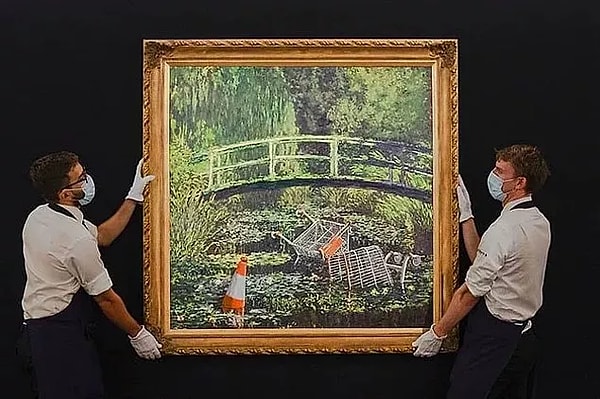
In 2005, Banksy said: ''The destroyed paintings reflect life as it is now. We don't live in a world like Constable's Haywain anymore, and if you do, there's probably a world waiting for you on the other side of the hill. The real damage to our environment is not caused by graffiti artists and drunks, but by big companies.''
Place of exhibition: Private collection
9. 'American Gothic' — Grant Wood

According to the Art Institute of Chicago, this familiar image was exhibited publicly for the first time at the Art Institute of Chicago, and Grant Wood won a prize of three hundred dollars. The impetus for the painting comes from the small town of Eldon in Wood's native Iowa. Often considered as a satirical commentary on the character of the midwest, this painting quickly became one of the most famous paintings in America and settled in the popular culture of the country.
Place of exhibition: Art Institute of Chicago, Chicago, United States.
10. 'Woman with a Parasol - Madame Monet and Her Son— - Claude Monet
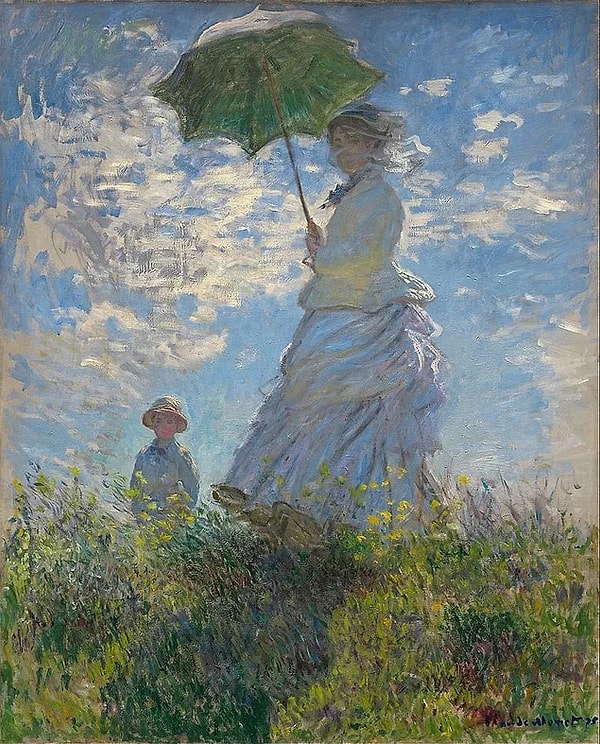
It is said that this painting was painted in an hour-long session outdoors. Monet wanted to depict a family walking comfortably in this painting.
Place of exhibition: National Gallery of Art, Washington, D.C. United States Of America.
11. 'Nighthawks— - Edward Hopper
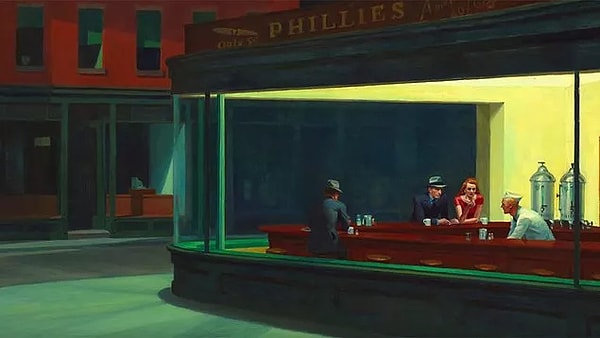
Hopper said that the place seen in the painting was inspired by a restaurant on New York's Greenwich Avenue, where two streets meet. The red-haired character created by Edward Hopper's wife Joesphine Hopper also appears as another connection between real life and the painting.
'I was unconsciously picturing the loneliness of a huge city...'
Place of exhibition: Art Institute of Chicago, Chicago, United States.
12. 'Irises' - Vincent van Gogh
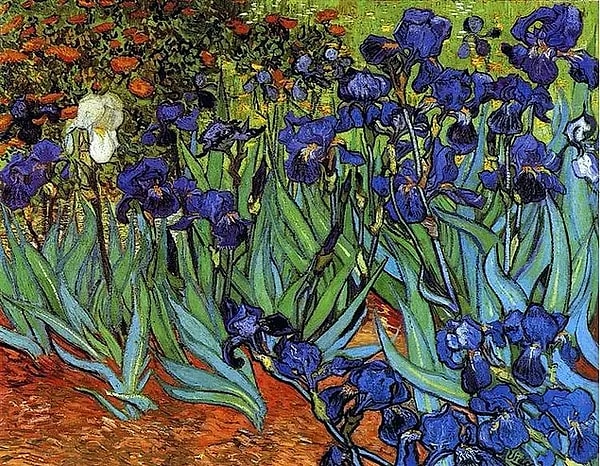
Van Gogh started working on 'Irises' during his first week at the mental hospital in Saint-Rémy, France. There is no known sketch he made for this painting. In September 1889, Van Gogh's brother Theo presented the work to the Salon des Indépendants and later wrote to his brother at the exhibition: 'A beautiful work full of life.'
Place of exhibition: J. Paul Getty Museum, Los Angeles, United States.
13. 'The Elevation of the Cross— - Peter Paul Rubens

Rubens painted 'The Elevation of the Cross', the original of which is on display in Antwerp's now-demolished St Walburga's Church. It was four and a half meters high, six and a half meters wide. It is also believed that the figure of the Prophet Jesus is based on the famous ancient statue Laocoön.
Place of exhibition: Cathedral of the Virgin Mary, Antwerp, Belgium.
14. 'Cow's Skull: Red, White, and Blue— - Georgia O'Keeffe
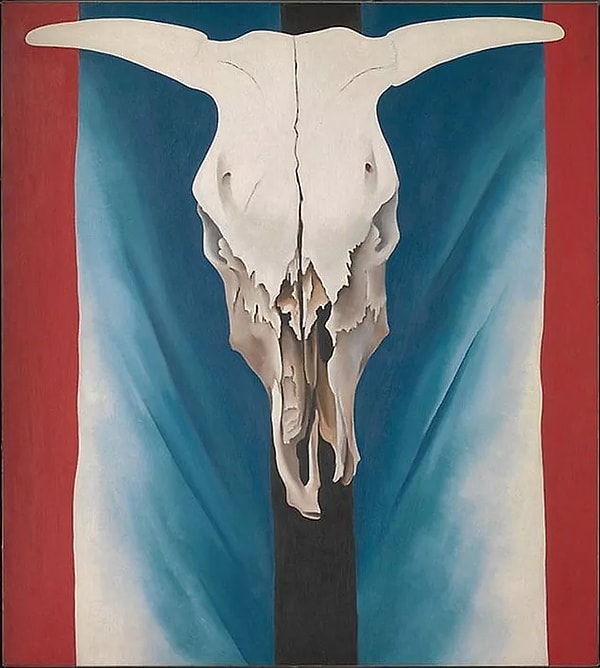
After O'Keeffe's first long trip to the Southwest in 1929, her work was describing the natural world of Mexico, far from all the man-made of New York. She said the bones depict the strength of the American spirit.
Place of exhibition: Metropolitan Museum of Art, New York, United States.
15. 'The Birth of Venus— - Sandro Botticelli
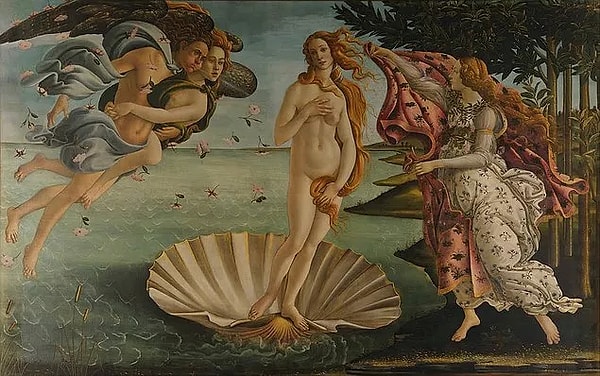
The painting was probably commissioned by a member of the famous Medici family. Due to the similarity between the orange trees and the 'mala medica', this painting is a symbol of the god family. However, there is no text about this work dated 1485, which is considered to belong to a branch of the Medici family since the mid-1550s.
Place of exhibition: Uffizi Gallery, Florence, Italy.
16. 'The Ballet Class' - Edgar Degas
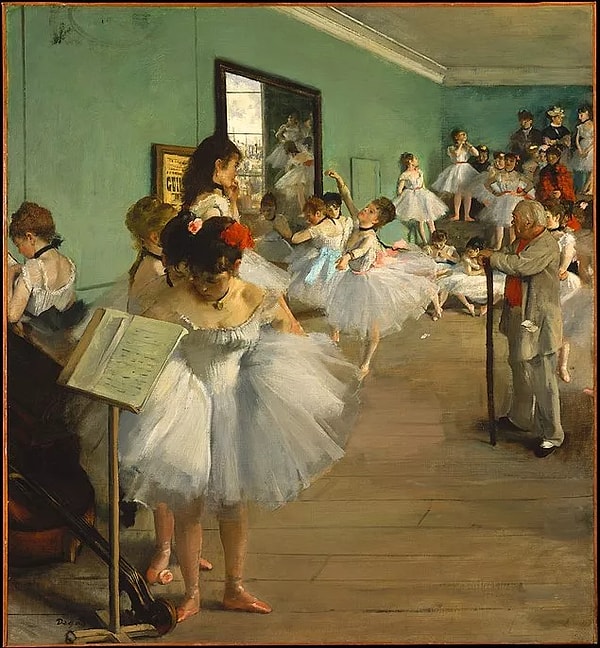
The Ballet Class depicts an imaginary scene in a rehearsal room at the old Paris Opéra. The building had recently burned down.
Place of exhibition: Musée d'Orsay, Paris, France.
17. 'The Night Watch' - Rembrandt Harmenszoon van Rijn
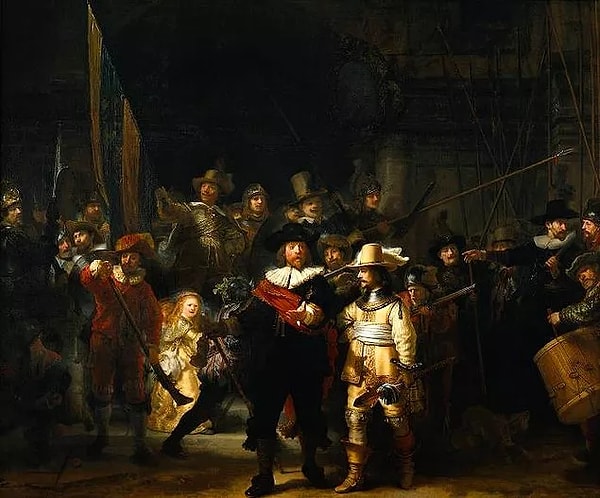
The Night Watch depicts Amsterdam's civil guard, a group of civilian soldiers who protect the city from attacks and other things.
Place of exhibition: Rijksmuseum, Amsterdam, Netherlands.
18. 'Liberty Leading the People' - Eugène Delacroix
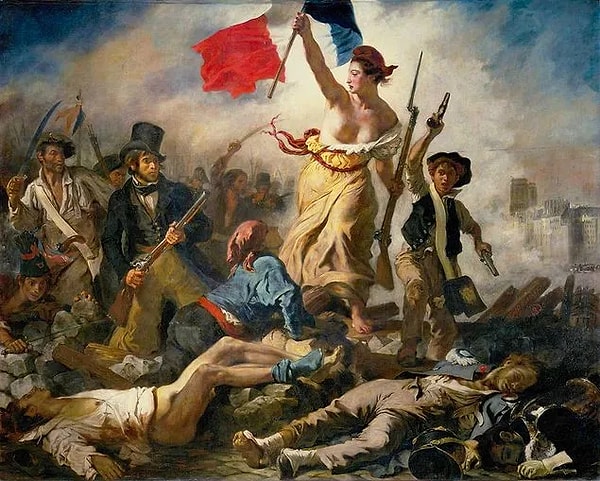
The work depicts the July Revolution of 1830, when the abdicated King of France, Charles X, was replaced by the 'Citizen King' Louis Philippe I Delacroix.
Place of exhibition: Louvre, Paris, France.
19. 'Ceiling of the Sistine Chapel' — Michelangelo di Lodovico Buonarroti Simoni

Before Michelangelo, the ceiling was blue and filled with stars. Pope Julius II asked Michelangelo to paint a geometric ornament on the ceiling and depict the twelve apostles around it. Michelangelo suggested Old Testament scenes instead. In 1510, two years later, Michelangelo took a break from the Sistine Chapel for a year. Although the art he completed after this break is different, it also reveals the Old Testament stories.
Place of exhibition: Sistine Chapel, Apostolic Palace, Vatican City.
Which one of these facts surprised you the most? Let’s meet in the comments!
Keşfet ile ziyaret ettiğin tüm kategorileri tek akışta gör!


Send Comment